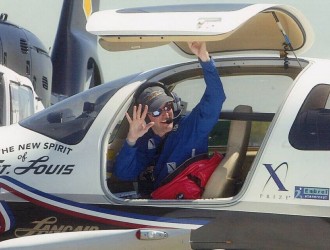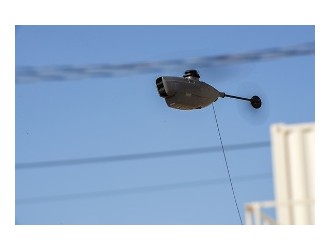The instrument-rated pilot and two passengers departed from the remote airport in Ranger, Texas, on a dark, moonless night.

The airplane’s bank angle then slowly increased to about 90°, and it subsequently descended. The airplane hit terrain 0.4 mile from the departure end of the runway, resulting in three fatalities.
Several highly experienced, full-time pilots departed the same airport before and after the Lancair. These pilots described the flight conditions on departure as “extremely dark” and “like a black hole” with no ground lighting, moon, or stars in view to aid with visual orientation.
The pilot’s night flying currency was limited; his last night flight, flown with a flight instructor, occurred 11 months before the accident. He was not current to fly at night with passengers.
The majority of the pilot’s night flying experience (about 24 total hours) took place in a large metropolitan area with high levels of ground lighting, therefore his night and instrument flying experience (about 3 hours overall) was likely not sufficient to operate safely in the challenging dark night conditions that existed during the accident flight.
An iPad, which displayed mapping information, was likely positioned in front of the right seat passenger. This location may have contributed to the pilot initially overbanking to the right as he may have turned to look at the map just after takeoff.
based on the dark night conditions and the lack of visual references at the time of the accident and the pilot’s low overall night and instrument flight time and his lack of recent night flight experience, it is likely that he became spatially disoriented, which led to his loss of airplane control and the subsequent descent into terrain.
The NTSB determined the probable cause as the pilot’s loss of airplane control shortly after takeoff as a result of spatial disorientation due to dark night conditions, the pilot’s low overall night and instrument flight time, and his lack of recent night flights.
NTSB Identification: CEN14FA437
This August 2014 accident report is provided by the National Transportation Safety Board. Published as an educational tool, it is intended to help pilots learn from the misfortunes of others.





